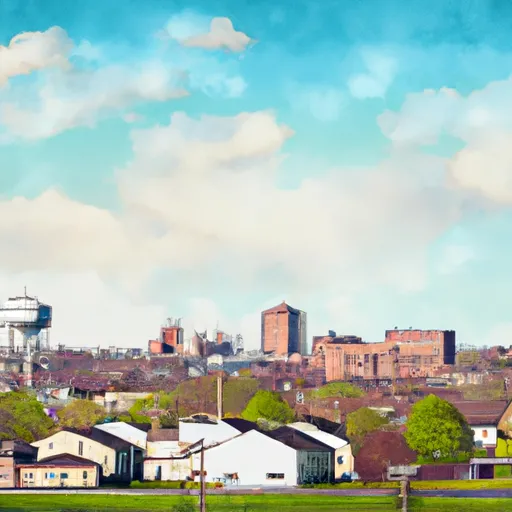°F
°F
mph
Windspeed
%
Humidity











Fairpoint, Ohio is located in Belmont County in the eastern part of the state. The climate in Fairpoint is classified as humid continental, with warm summers and cold winters. The area receives an average of 39 inches of rain per year, with occasional snowfall during the winter months. There are several small creeks and streams in the area, including Captina Creek and Pipe Creek. Outdoor recreation opportunities in the area include hiking, fishing, and hunting in nearby state parks and wildlife areas. The area is also popular for boating and water sports on the nearby Ohio River. Overall, Fairpoint is a great destination for those looking to enjoy the great outdoors in a scenic and natural setting.
Weather Forecast
Fairpoint receives approximately 1069mm of rain per year, with humidity levels near 83% and air temperatures averaging around 11°C. Fairpoint has a plant hardyness factor of 6, meaning plants and agriculture in this region thrive during a short period during spring and early summer. Most plants will die off during the colder winter months.
Regional Streamflow Levels
17
Cubic Feet Per Second
15
Cubic Feet Per Second
1,420
Cubic Feet Per Second
14
Cubic Feet Per Second
Nearby Camping
| Camping Area | Reservations | Toilets | Showers |
|---|---|---|---|
| Cedar Creek State Park | |||
| Mill Creek - Berlin Reservoir | |||
| Kittie Wilson | |||
| Guilford Lake State Park | |||
| Petersburg Boat Landing | |||
| Jefferson Lake State Park |



